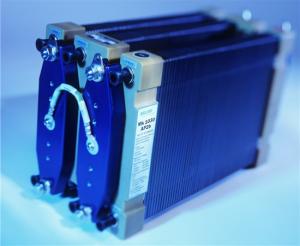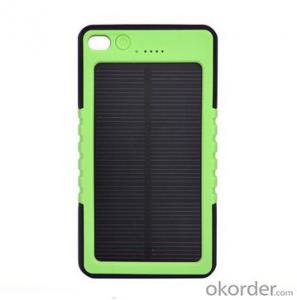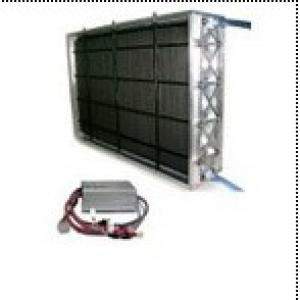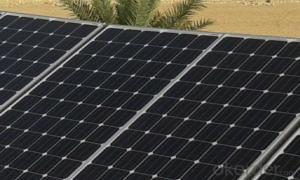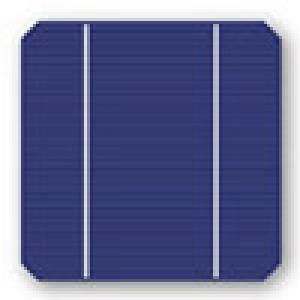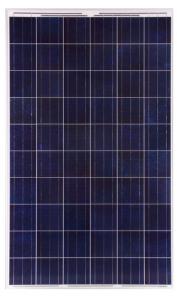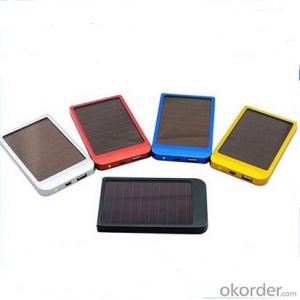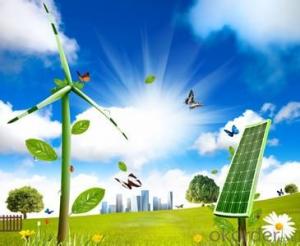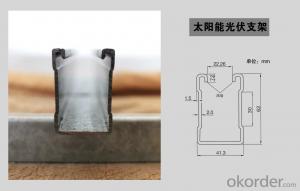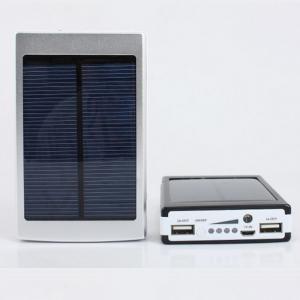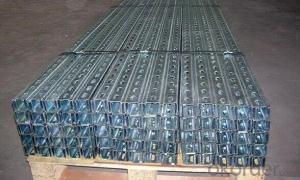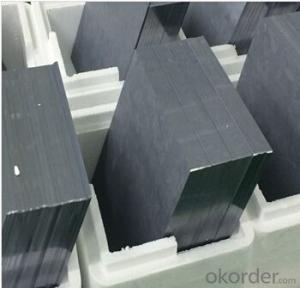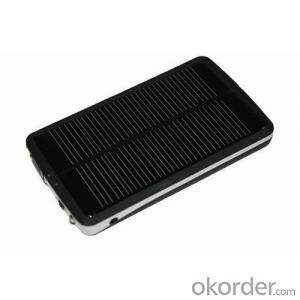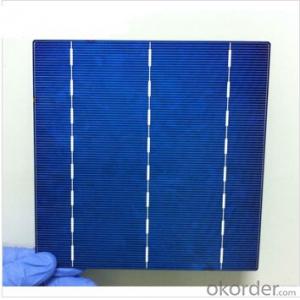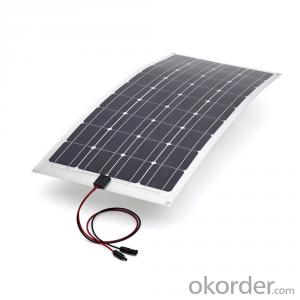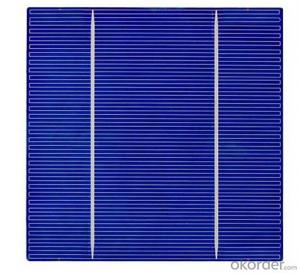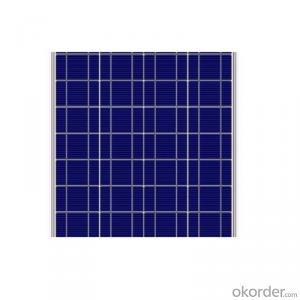Elon Musk Solar Cells
Elon Musk Solar Cells Related Searches
Electric Solar Cells Organic Solar Cells Solar Energy Cells Chinese Solar Cells Buy Solar Cells Mj Solar Cells Bulk Solar Cells Solar Cell Module Free Solar Cells Building Solar Cells Large Solar Cells Commercial Solar Cells Purchase Solar Cells Photovoltaic Solar Cells Home Depot Solar Cells Solar Cell Solar Module Alta Devices Solar Cells Buy Organic Solar Cells Hyundai Solar Cells Si Solar Cells Evergreen Solar Cells Nano Solar Cells Lightweight Solar Cells Creating Solar Cells All About Solar Cells Better Solar Cells Foldable Solar Cells Folding Solar Cells Low Cost Solar Cells Bosch Solar CellsElon Musk Solar Cells Supplier & Manufacturer from China
Elon Musk Solar Cells are a range of high-quality, efficient solar energy products designed by Tesla, a company led by Elon Musk. These solar cells are engineered to harness the power of the sun and convert it into usable electricity for residential, commercial, and industrial applications. The advanced technology and sleek design of Elon Musk Solar Cells make them an attractive and practical solution for those looking to adopt renewable energy sources.The application and usage scenarios for Elon Musk Solar Cells are vast, as they can be integrated into various settings. These solar cells can be installed on rooftops, integrated into building facades, or even used as standalone solar power systems in remote areas. They are ideal for homeowners looking to reduce their electricity bills and decrease their carbon footprint, as well as businesses seeking to lower their operational costs and enhance their green credentials. The versatility of Elon Musk Solar Cells makes them a popular choice for a wide range of users.
Okorder.com is a leading wholesale supplier of Elon Musk Solar Cells, boasting a large inventory of these innovative products. With a commitment to providing top-notch customer service and competitive pricing, Okorder.com ensures that customers can access the latest solar technology at affordable rates. By partnering with Okorder.com, customers can benefit from a reliable source of Elon Musk Solar Cells, enabling them to make the switch to clean, sustainable energy with confidence.
Hot Products


